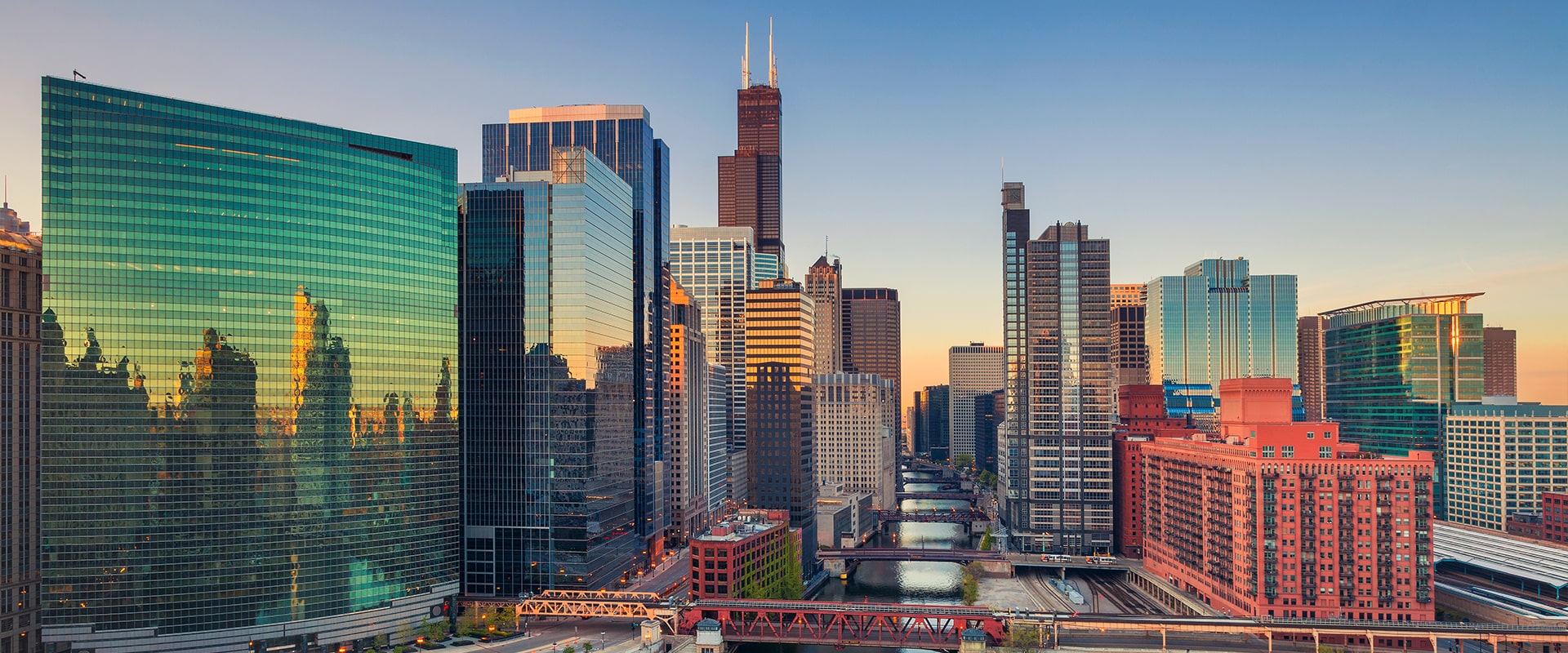The Crucial Role of Thermal Barriers in Mitigating Operational Carbon Emissions in Commercial Buildings
In the realm of sustainable building practices, the spotlight often falls on reducing upfront carbon emissions through eco-friendly materials and construction methods. However, the ongoing operational carbon output of commercial buildings tends to linger unnoticed. Addressing this oversight is crucial, and fenestration system thermal barriers emerge as indispensable allies in the quest to lower operational carbon emissions.
Commercial buildings are notorious contributors to greenhouse gas emissions, primarily through energy-intensive heating, cooling, and lighting systems. Yet, the significance of employing the highest performing thermal barrier in this context cannot be overstated. By effectively insulating against heat transfer, these barriers significantly reduce the need for mechanical heating and cooling, thus curbing the continuous emission of carbon associated with energy consumption.
One of the main challenges in combating operational carbon emissions lies in the tendency to overlook the cumulative impact of seemingly small energy inefficiencies. Poorly insulated windows and fenestration systems can result in substantial heat loss or gain, leading to increased energy demand and consequently higher carbon emissions. However, by integrating the latest technology, a polyurethane foam barrier, into these systems, buildings can achieve significant reductions in energy consumption and subsequent carbon emissions, addressing this often underestimated aspect of sustainability.
Furthermore, the role of fenestration system thermal barriers extends beyond mere energy efficiency. By facilitating optimal daylighting and reducing the reliance on artificial lighting, these barriers contribute to additional carbon savings. The combined effect of reduced energy consumption and improved indoor environmental quality underscores the critical importance of incorporating thermal barriers into commercial building designs as a means of tackling operational carbon emissions.
In essence, fenestration system thermal barriers serve as silent champions in the battle against operational carbon emissions in commercial buildings. Their ability to enhance energy efficiency, promote daylighting, and mitigate the ongoing carbon output underscores their indispensable role in sustainable building practices. As the imperative to reduce operational carbon intensifies, prioritizing the integration of thermal barrier polymers with the lowest material thermal conductivity into window systems becomes paramount in realizing truly sustainable and environmentally responsible commercial buildings.


